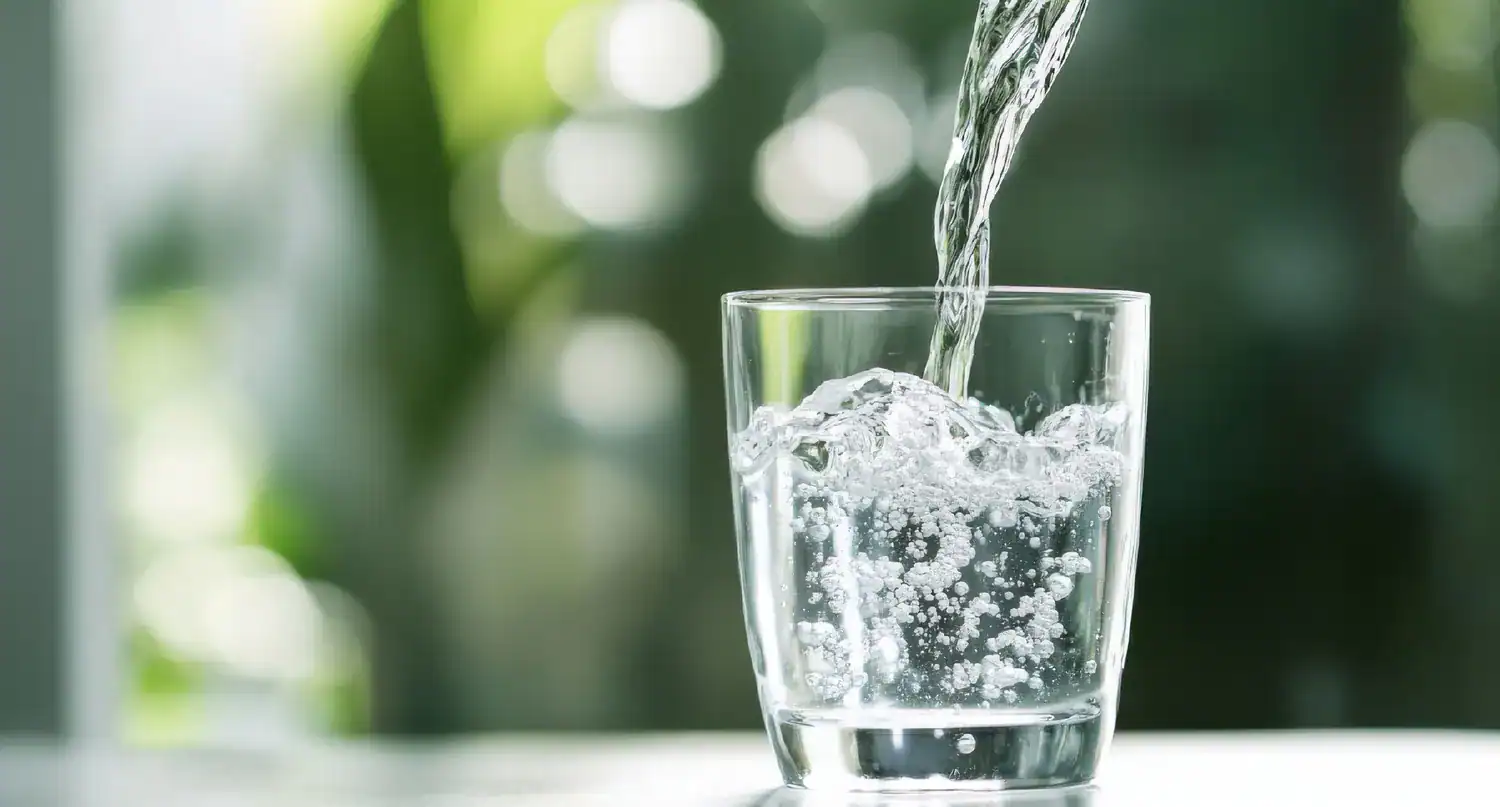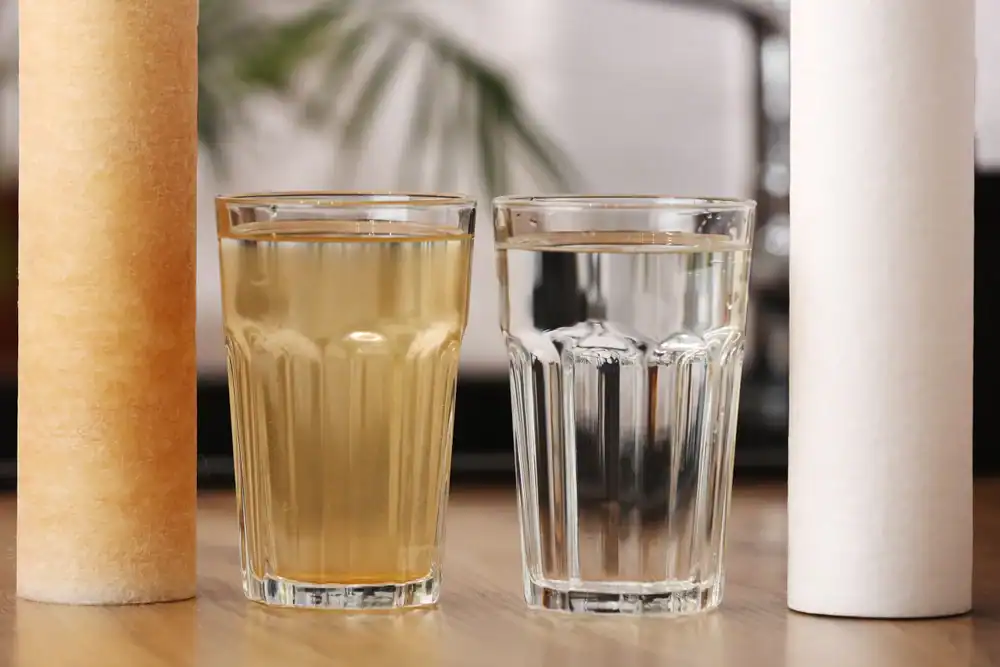Summary:
What Makes Lake County Water So Hard
Lake County sits right on top of Florida’s limestone bedrock, which means your water picks up calcium and magnesium minerals as it travels through the ground. The result? Water hardness levels between 100-300 parts per million—officially classified as hard to very hard water.
This isn’t just a minor inconvenience. Hard water costs you money every single day through higher energy bills, premature appliance failure, and constant cleaning battles. Your water heater has to work 29% harder to heat hard water, and your appliances can lose 30-50% of their expected lifespan due to mineral buildup.
The Real Cost of Hard Water in Your Lake County Home
Most homeowners don’t realize how much hard water is actually costing them until they add it all up. Your water bills run about 25% higher in hard water areas because your appliances work harder and less efficiently. That dishwasher running multiple cycles? That’s hard water preventing your detergent from working properly.
But the real expense comes from repairs and replacements. Sixty percent of plumbing repairs are directly related to hard water damage. Scale builds up inside your pipes, reducing water pressure by an average of 24%. Your water heater develops a thick layer of mineral deposits that forces it to work harder, driving up your energy costs and shortening its life by several years.
Then there’s the daily frustration factor. You use more soap and shampoo because hard water prevents proper lathering. Your clothes come out stiff and dingy. Your skin feels dry and irritated. You spend extra time scrubbing soap scum and mineral deposits from every surface in your bathroom and kitchen. These aren’t just cosmetic issues—they’re quality of life problems that affect your family every single day.
Why Traditional Water Softeners Aren't the Answer for Everyone
Traditional salt-based water softeners solve hard water problems by removing calcium and magnesium minerals entirely, replacing them with sodium. While this works, it comes with significant drawbacks that many Lake County homeowners find unacceptable.
First, there’s the maintenance burden. Salt-based systems require regular salt refills, backwashing cycles that waste hundreds of gallons of water, and electrical connections that can fail. You’re essentially trading one set of problems for another. The ongoing salt costs add up quickly, and if you forget to refill the salt tank, you’re back to dealing with hard water until you remember.
More concerning for many families is what salt-based systems do to your water. They remove beneficial minerals that your body needs and replace them with sodium. While the sodium levels aren’t dangerous for most people, they’re not ideal either. Many homeowners prefer to keep the healthy minerals in their water while solving the scale and buildup problems.
Environmental concerns also play a role. Salt-based systems discharge brine into the water system, which can impact local water treatment facilities and ecosystems. Some areas have actually restricted or banned salt-based water softeners due to these environmental concerns. Even if restrictions don’t exist in your area now, they could in the future.
How Salt Free Water Treatment Actually Works
Salt free treatment uses a completely different approach called Template Assisted Crystallization, or TAC technology. Instead of removing minerals from your water, this system changes how those minerals behave. The specialized media in the system acts as a catalyst, transforming dissolved calcium and magnesium into tiny, inactive crystal particles.
These crystals remain in your water, but they can’t stick to surfaces anymore. They flow harmlessly through your pipes and down your drains instead of building up as scale. You keep all the beneficial minerals your body needs, but eliminate the problems they cause in your plumbing and appliances.
The Science Behind Template Assisted Crystallization
TAC technology works by providing nucleation sites where hard water minerals can form stable crystals before they have a chance to stick to your pipes or appliances. The specialized media contains polymeric beads that serve as templates for crystal formation. When hard water flows through the system, calcium and magnesium ions attach to these templates and form microscopic crystals.
The key is timing and contact. The media is designed to fluidize properly across all flow rates, ensuring consistent contact time even during low-flow conditions typical in most homes. While traditional ion exchange systems require up to 90 seconds of contact time, TAC technology works effectively with just 5 seconds of contact.
Arizona State University conducted an independent study that found TAC technology consistently achieved over 90% scale reduction—far more effective than magnetic or electronic water conditioners. The study used rigorous DVGW Standard W512 test protocols, confirming that this isn’t just marketing hype but proven science.
What makes this technology particularly effective is that it works throughout your entire water system. Unlike point-of-use filters that only treat water at one location, a whole-house salt free system protects every faucet, appliance, and fixture in your home. The crystallized minerals remain stable even when heated, so your water heater, dishwasher, and washing machine all benefit from scale prevention.
What You'll Notice After Installing Salt Free Treatment
The changes start immediately, but some benefits become more apparent over time. Right away, you’ll notice that water spots and mineral deposits are much easier to wipe away. The crystallized minerals don’t adhere strongly to surfaces, so that stubborn soap scum and scale buildup becomes manageable with normal cleaning.
Your appliances will start running more efficiently almost immediately. Dishwashers and washing machines won’t have to work as hard to clean effectively. Your water heater will maintain its efficiency instead of gradually losing performance to mineral buildup. Over time, you’ll see the difference in your energy bills as your appliances operate at peak efficiency.
One thing that surprises many homeowners is that the water doesn’t feel slippery like it does with salt-based softeners. That slippery feeling comes from the sodium added by traditional softeners. With salt free treatment, your water feels normal—clean and refreshing without any artificial additives. Your soap and shampoo will lather better than with hard water, but you won’t get that slick, hard-to-rinse feeling.
The long-term benefits are where salt free treatment really shines. Your plumbing system will maintain better water pressure and flow rates. Your appliances will last closer to their expected lifespan instead of failing prematurely. You’ll spend less time fighting mineral deposits and more time enjoying your home. Many homeowners report that existing scale buildup actually starts breaking down over time as the treated water gradually dissolves old deposits.
Choosing the Right Salt Free Treatment for Your Lake County Home
Salt free treatment offers Lake County homeowners the best of both worlds: protection from hard water problems without the drawbacks of traditional salt-based systems. You’ll preserve the beneficial minerals in your water while eliminating scale buildup, reducing energy costs, and extending the life of your appliances.
The key is working with a company that understands both the technology and your local water conditions. We specialize in salt free treatment systems designed specifically for Central Florida’s unique water challenges. With our A-rated Better Business Bureau status and membership in the National Water Quality Association, you can trust that you’re getting proven technology installed by experienced professionals.
Your Lake County home deserves water treatment that works as hard as you do—without the ongoing maintenance, environmental concerns, or health considerations of traditional salt-based systems. Contact us today to learn how salt free treatment can transform your water and protect your home for years to come.




